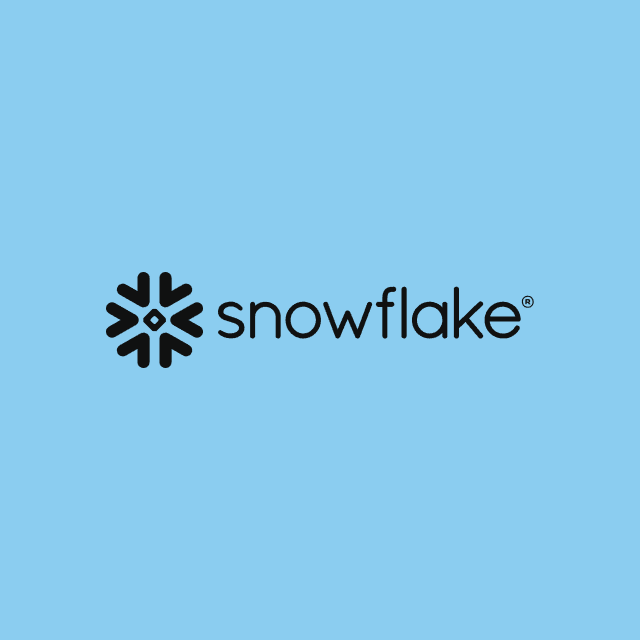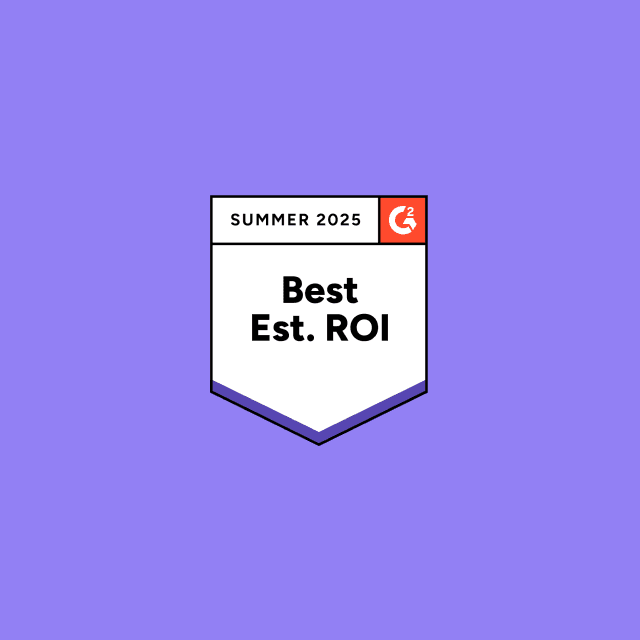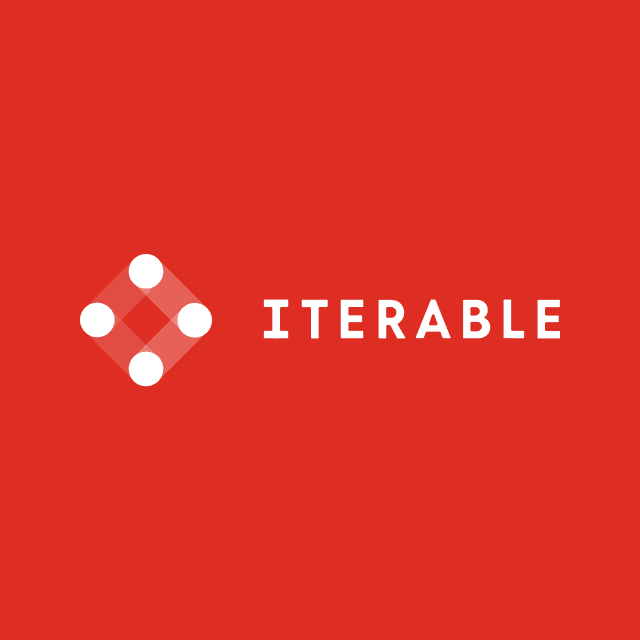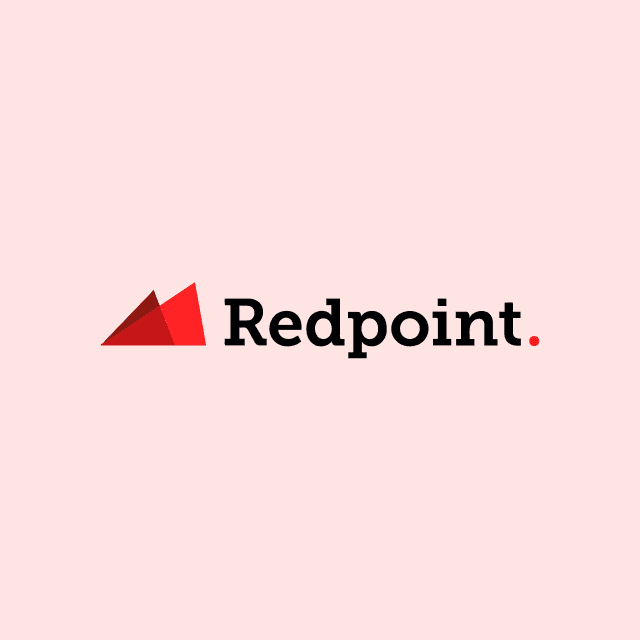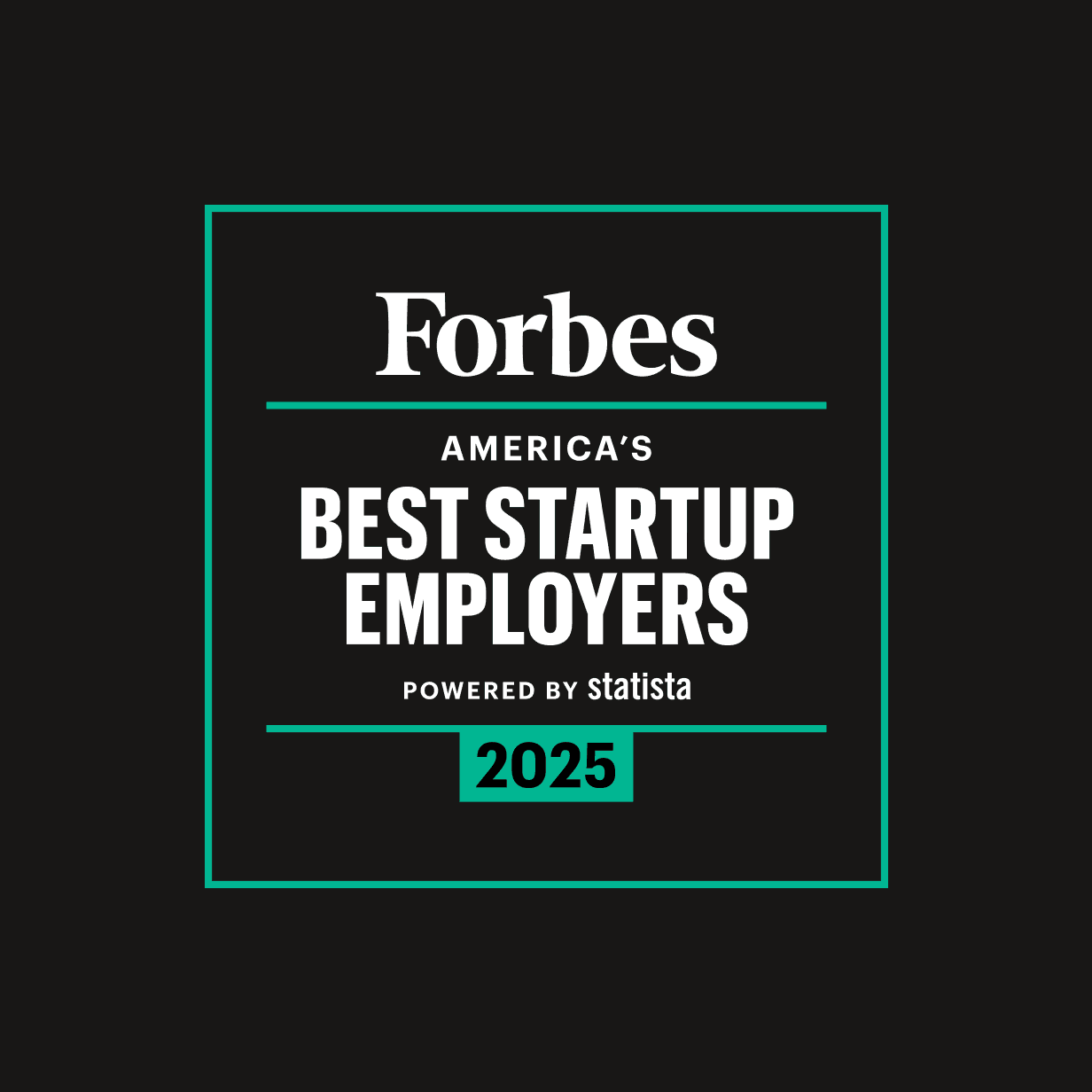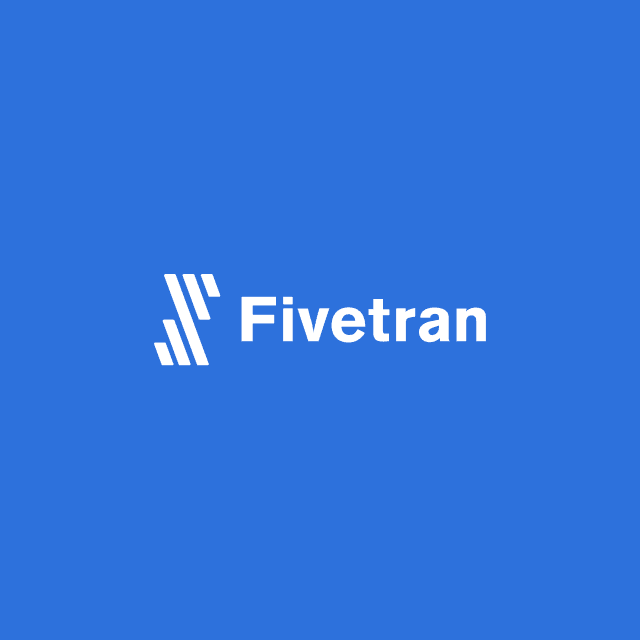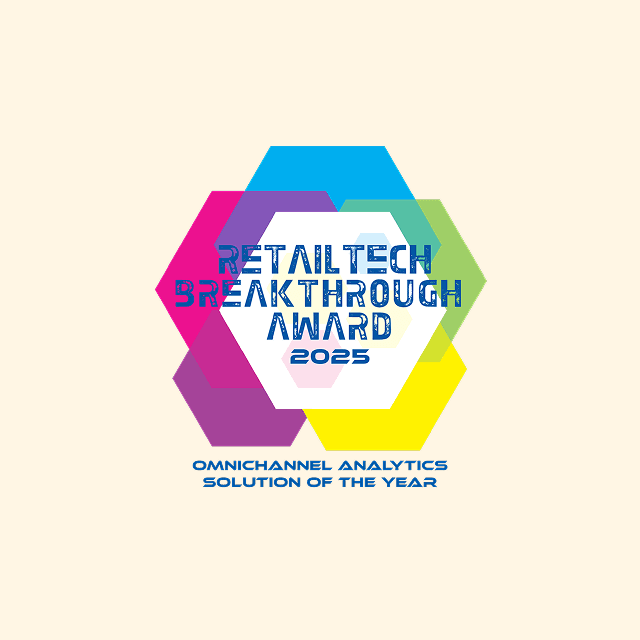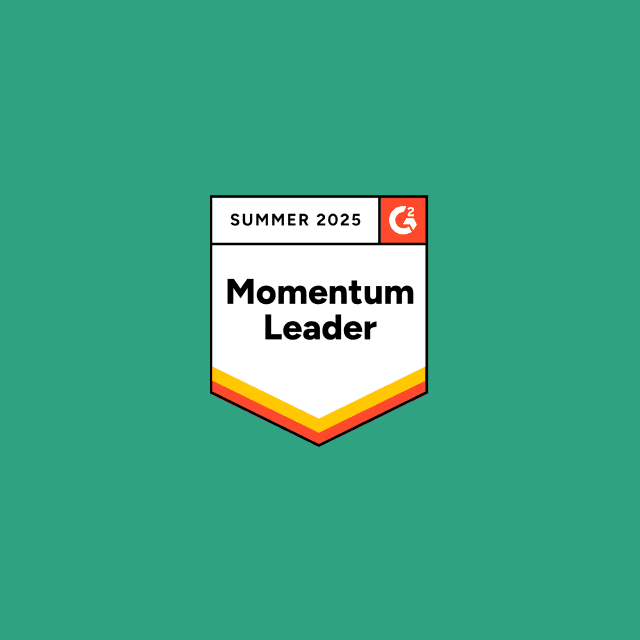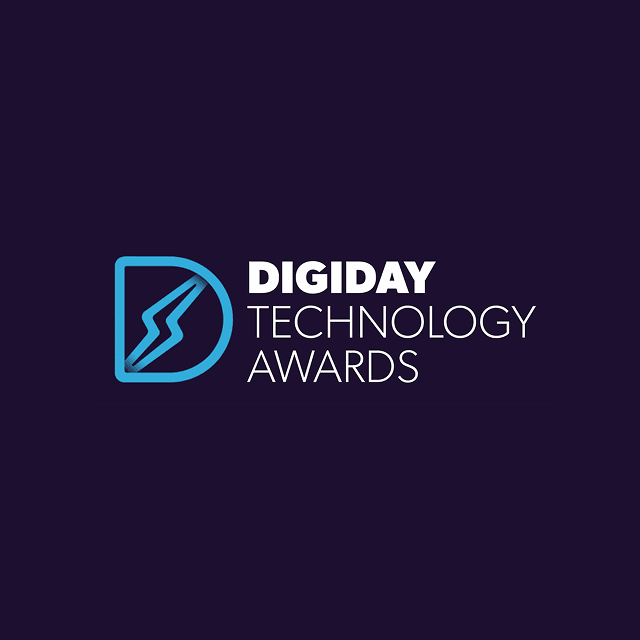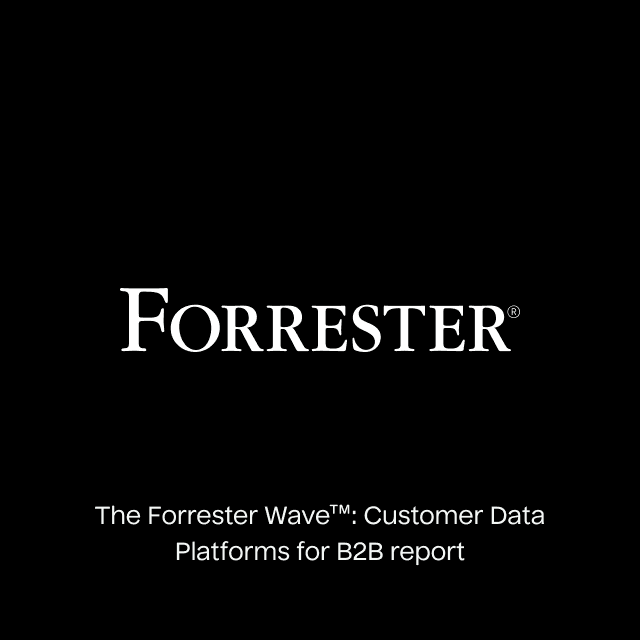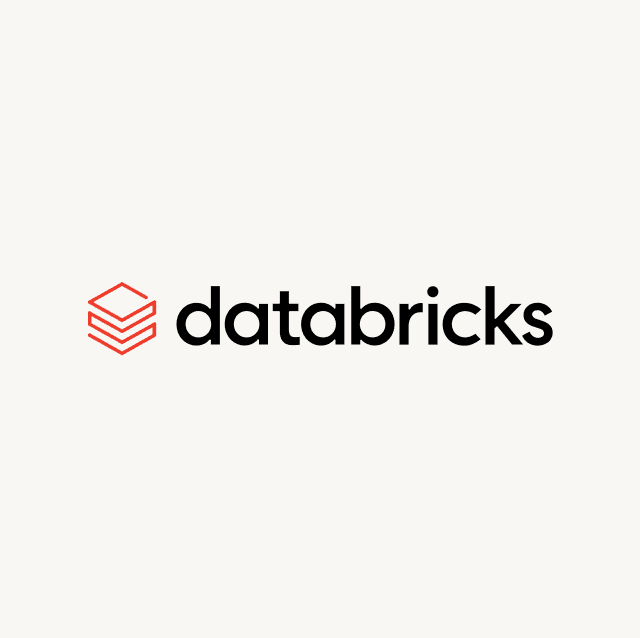It officially happened. As of February 1st, 2024, Salesforce Marketing Cloud Audience Studio is no longer available, and all 42 products are being retired. Salesforce customers everywhere have had to find replacements for their former audience builder. As such, Salesforce is frantically trying to migrate and consolidate as many of these customers oonto Salesforce Data Cloud, and many companies are now looking for alternative solutions.
This blog post will cover:
- What is Salesforce Audience Studio?
- How Does Salesforce Studio Work?
- The History of Salesforce Studio
- What are the Alternatives to Salesforce Studio
What is Salesforce Audience Studio
Salesforce Audience Studio is a retired data management platform (DMP) that helped marketers retarget anonymous users across ad networks. The platform enabled marketers to build and segment audiences and then sync those audiences directly to ad networks or other applications within the Salesforce ecosystem. The entire purpose of this solution was to help users leverage cookie-based audiences to deliver relevant and consistent experiences across devices.
Most people have forgotten, but Salesforce Audience Studio actually started out as an independent company called Krux. Salesforce acquired Krux in 2016 for $700M back and then subsequently rebranded it under Salesforce Marketing Cloud–and now the company has come full circle and retired it.
How Does Salesforce Audience Studio Work?
At a high level, Salesforce Audience Studio solved one key use case: helping advertisers retarget anonymous users across the web. One of the challenges with advertising is retargeting anonymous users who don’t self-identify. Salesforce Audience Studio solved this problem by collecting data via cookies and device IDs so you could tie user-completed events back to specific profiles regardless of whether or not you knew who the individual user was. This data was then made available in the platform so you could build granular cohorts to target across various advertising channels.
The platform offered four key capabilities:
- Data Collection: Collecting data from other Salesforce products or external sources like websites and mobile apps via software development kits (SDKs)
- Identity Resolution: Merging and joining various datasets together to build comprehensive user profiles and unified device graphs for cross-device targeting
- Audience Management: Building custom audience cohorts for downstream advertising use cases
- Data Onboarding: Sending audiences to other Salesforce applications or marketing-related destinations like ad platforms, supply-side platforms (SSPs), and demand-side platforms (DSPs) to power programmatic bidding across advertising platforms.
While this product has provided considerable value to marketing teams over the years, several foundational problems and shortcomings ultimately led to its deprecation and replacement.
Why is Salesforce Retiring Audience Studio?
The retirement of Salesforce Audience Studio represents a broader industry-wide shift in the MarTech space, largely driven by new privacy regulations, the decline of third-party cookies, and the rise of Composable CDPs. The traditional method of sending conversion data back to ad platforms via web pixels is quickly becoming obsolete, and companies have realized that the only way to ensure all of their audience data reaches their ad networks is to send it via server-side (or through their own managed infrastructure).
Marketing teams no longer want to leverage two different audience management platforms: (1) for cookie-based audiences and (2) for persistent audiences. Marketers want and need one platform where they can go in and build any audience using all of their customer data across the business, regardless of whether it is tied to a known individual or an anonymous user.
Salesforce realized that having two competing products (Audience Studio and Data Cloud) simply doesn’t make sense, and given that Data Cloud is a much more flexible solution deprecating the former and migrating customers to this Data Cloud is the logical next step. And they’re not the only company doing this; Adobe is following suite, trying to migrate all customers off of Adobe Audience Manager to Adobe Real-Time CDP.
Salesforce’s decision to retire Audience Studio comes down to the fact that the platform operated as its own separate entity, on its own back-end architecture. Data Cloud is built to underpin every other Salesforce product allowing for better integration across applications and access to more accurate customer data to power both cookie-based and first-party audiences.
What Audience Studio Products is Salesforce Retiring?
Any time a company deprecates a product, it creates a lot of confusion, especially a product like Salesforce Audience Studio, which has been around for so long. Today, this platform no longer exists. Here’s a list of every retired Audience Studio product.
If you’re a former customer, then Salesforce has likely already reached out to discuss migrating you to Salesforce Data Cloud. However, simply migrating to the company’s newer product offerings may not be the best choice, especially given that your contract will likely be subject to new terms and pricing and the platform has many of the same shortcomings that Audience Studio did.
Given Salesforce's many acquisitions over the years, product consolidation is only natural, and the company is not going to stop discontinuing products anytime soon. In fact, the company plans to retire more products over the next several years, which is another indicator that the company is going all in on Salesforce Data Cloud.
What are the Alternatives to Salesforce Audience Studio?
If you’re a former Audience Studio customer, then chances are you’re already exploring new audience builder options, but there’s a lot to consider when it comes to choosing an audience management platform. With that in mind, here are some alternatives to Salesforce Audience Studio:
Hightouch
Hightouch is a Composable CDP that runs on top of your data warehouse, giving your marketers a suite of no-code audience management tools so they can easily build any audience for any campaign regardless of whether users are known or anonymous. Hightouch offers everything from event collection, identity resolution, audience management, analytics–and even data enrichment to enrich your audiences with additional third-party identifiers to boost your ad match rates.
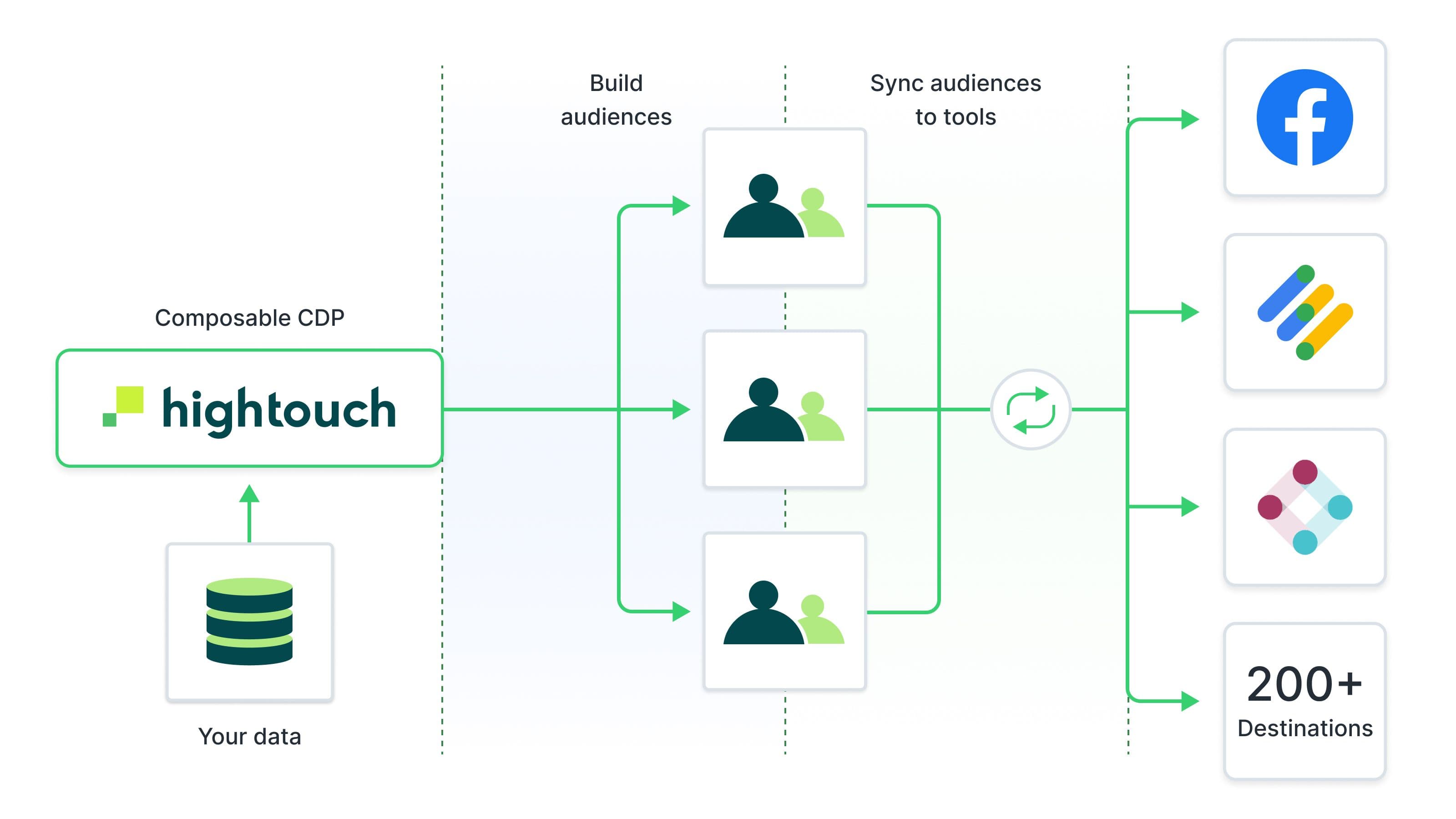
How a Composable CDP Works
Because Hightouch doesn’t actually store any data and simply runs on top of your existing data infrastructure, your marketing team can easily access and leverage all of the custom objects and unique data models that are specific to your business. You can easily build and activate audiences across 200+ different destinations like ad networks, lifecycle marketing tools, various marketing applications, etc. And because the platform runs in your own managed infrastructure, it’s much faster to implement and infinitely more flexible than other DMPs.
Salesforce Data Cloud
Salesforce Data Cloud is a data lake powered by Apache Iceberg, which helps you unify your customer data and build audiences that you can send to your other Salesforce applications.
The platform is Salesforce's newest product offering and part of the company’s broader shift into the customer data platform (CDP) market. The product has actually been around for quite some time and has undergone several rebrands (e.g., Salesforce CDP to Genie to Data Cloud).
Salesforce Data Cloud provides all of the same capabilities that Salesforce Audience Studio did, but actually, standing up and implementing this product can prove quite challenging because it has many shortcomings, specifically around how it handles data. The price tag is also extremely hefty, and it doesn’t integrate well with tools outside of the Salesforce ecosystem. All audience building is strictly limited to the data you have available in Salesforce, and everything has to conform to Salesforce’s proprietary data model. Additionally, many core products, like ad destinations and audiences, are only available as add-on features.
LiveRamp
LiveRamp is a traditional data onboarding platform that consolidates your online and offline customer data into a single platform so you can map that data back to individual customer profiles and upload enriched audience segments to your ad platforms. LiveRamp works very similarly to Salesforce Audience Studio, but the challenge that many companies run into is that the platform is very expensive, and there is very limited visibility into the underlying profile unification.
Additionally, in order to actually build and segment audiences in LiveRamp, your IT team first has to upload your customer data into the platform, which usually has to be done via a manual CSV import, and often that means your marketing team is stuck working with stale data–not to mention the fact that it can take 2-4 days just for that data to be ingested into LiveRamp.
Custom Code
You could ask your data team to build a custom in-house audience builder for your marketing use cases, but doing so will most likely be more expensive and time-consuming in the long run. Your data team will be forced to not only build a system that allows your marketing team to query data using a no-code interface, but they’ll also be forced to build and maintain API integrations to sync data into your marketing applications and ad networks. Marketers need to self-serve so they can iterate and experiment with new audiences and campaigns to close the loop between performance and measurement.
Building a custom solution might solve the problem in the short term, but in the long term, it’s just going to make things more difficult as your use cases continue to ramp up and as your engineering team’s time gets pulled elsewhere. Eventually, you’ll just end up with an endless support ticket queue, which will block your ability to launch campaigns because you’ll be bottle-necked by your data team (some of you reading this are probably already at this point.)
Closing Thoughts
MarTech and AdTech are changing quickly, and the truth of the matter is that it’s becoming more and more difficult to reach your customers because they have limited attention. If you don’t deliver relevant and personalized experiences that address their needs, another company will.
The only competitive advantage you have is your first-party data, and the easiest way to use and activate that data is through a Composable CDP. While Salesforce Audience Studio may have solved your needs in the past, the platform is no more, so the question is, what are you going to do about it? Bol.com (the largest e-commerce platform in Western Europe) ran into this exact problem. Within a matter of weeks, the company migrated off of Salesforce Audience Studio and transitioned entirely to 1st-party audiences, increasing their audience reach by 109% and improving their click-through rates across all brand ads by 33%.
If you’re interested in learning more about how Bol.com migrated all of their audiences to Hightouch in just a matter of weeks to unlock better targeting, better performance, then book a demo with one of our solution engineers.




